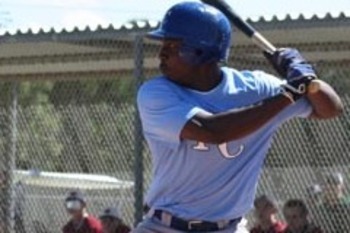About Johnny Bench
If you missed Bench, you missed seeing a good one. Irod was great, so maybe was Posada, Fisk was super, but for my money, Bench was the best I ever saw, offensively and defensively.Johnny Bench's dream was to become a major league baseball player and his father counseled, that the position of catcher was the most direct route to that goal. Taking that advice, he was selected and signed in the 1965 amateur draft by the Cincinnati Reds. After two seasons in the minors, Bench made Cincinnati’s Major League roster for the 1968 season. This marked the beginning of one of the most successful careers in baseball history and to Johnny’s ascension as a celebrity.
Bench was elected to the Baseball Hall of Fame in January 1989, Bench is undoubtedly the greatest catcher ever as stated by the Sporting News in late 1998, in which Johnny was named the 16th greatest player of all time – His successes include National League Rookie of the Year (1968), National League Most Valuable Players (1970 & 1972), World Series MVP (1976), 14-time All-Star, and 10 Gold Gloves. In 1980, Bench set an endurance record by catching 100 or more games for 13 consecutive seasons. Then, in 1999 Johnny received baseball’s esteemed honor of selection to the All Century Team on October 24.
Over the years, Johnny has maintained a sense of balance by using his celebrity status to aid such worthy causes as the Heart Association, the American Cancer Society (as past National Chairman of Athletes vs. Cancer), the Kidney Foundation, Franciscan Sisters of Poor Health System, the American Lung Association, and the ‘Catch the Cure’ program of the Children’s Hospital of Cincinnati.
Johnny’s national broadcasting background includes nine years with CBS Radio broadcasting the National Game of the Week, the All-Star Game, the League Championship Series and the World Series as well as play-by-play on Reds’ television.
Try and find a catcher with the same power, RBI capability, and ability to throw our runners. Irod could throw, and not for average, but not in the same conversation in terms of home run sock.













